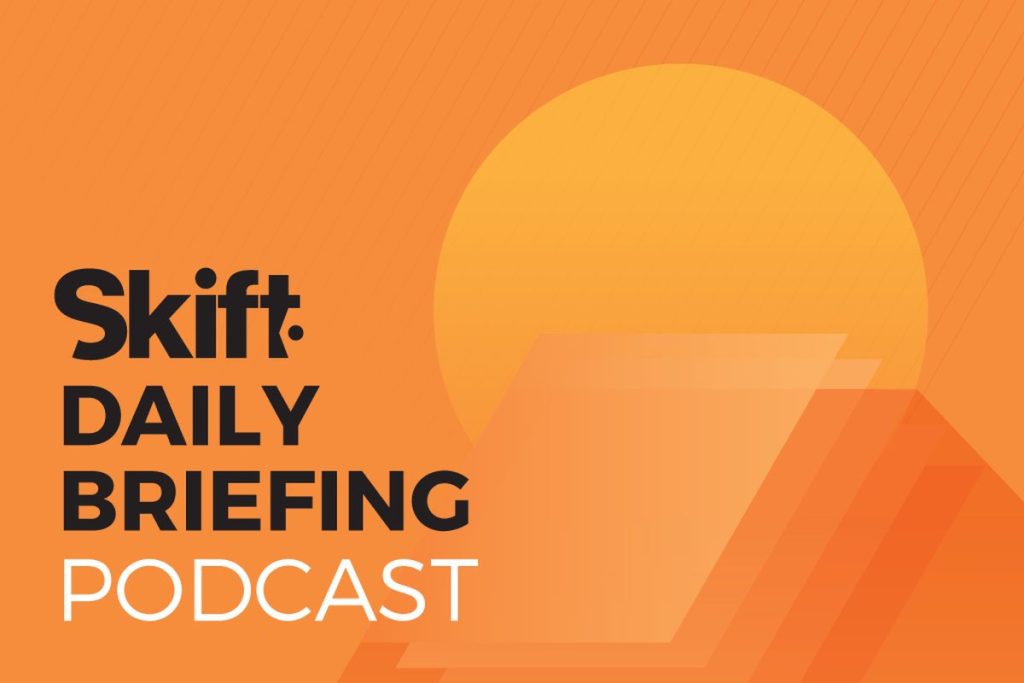The U.S. travel industry is projected to see a full recovery in Chinese and Japanese tourism by 2026, a year earlier than originally expected. This recovery is expected to be delayed due to China’s weak economy and flight restrictions, as well as high airfares deterring Japanese travelers from visiting the U.S. The U.S. National Travel and Tourism Office forecasts that international travel to the U.S. will fully recover in 2025, with China and Japan lagging behind other source markets.
Volotea, a lesser-known Barcelona-based airline, has been making its mark in Europe’s competitive low-cost carrier market. CEO Carlos Muñoz attributed the airline’s success to its focus on second- and third-tier cities, which has resulted in less competition than other carriers. Volotea currently serves almost 450 routes, more than half of which are exclusively operated by the airline. During the pandemic, Volotea made the strategic decision to remove the costly Boeing 717 from its fleet to streamline operations.
Indian carrier IndiGo, the largest airline in India, is setting ambitious goals to expand its presence in the global airline industry. The airline plans to offer nonstop connectivity from major Indian airports to global destinations, aligning with the government’s vision to establish India as a global aviation powerhouse. IndiGo recently placed its first-ever order for widebody aircraft, signaling its intentions to enhance long-haul operations. However, IndiGo’s CEO Pieter Elbers has not disclosed specific details about the airline’s future flight routes.
The podcast also highlights the impact of soaring airfares on Japanese travelers’ decisions to visit the U.S., as well as the challenges faced by Chinese visitors due to their country’s weak economy and flight restrictions. Despite these obstacles, the U.S. tourism industry is expected to recover fully by 2025, with China and Japan expected to catch up by 2026. These projections provide a glimmer of hope for the future of international travel and tourism.
Volotea’s unique positioning in the low-cost carrier market, focusing on serving second- and third-tier cities, has allowed the airline to carve out a niche for itself in a competitive industry. By offering nearly 450 routes, with over half being exclusive to the airline, Volotea has managed to differentiate itself from its competitors. The decision to streamline operations during the pandemic by removing the Boeing 717 from its fleet demonstrates Volotea’s strategic adaptability and commitment to efficiency.
As IndiGo sets its sights on expanding internationally and establishing nonstop flights from major Indian airports to global destinations, the airline’s plans align with the Indian government’s broader objective of bolstering the country’s aviation industry. By securing its first order for widebody aircraft, IndiGo is signaling its readiness to compete on a global scale. While specific flight routes have not been disclosed, IndiGo’s ambitious vision for the future of Indian aviation demonstrates a commitment to growth and innovation in the industry.


